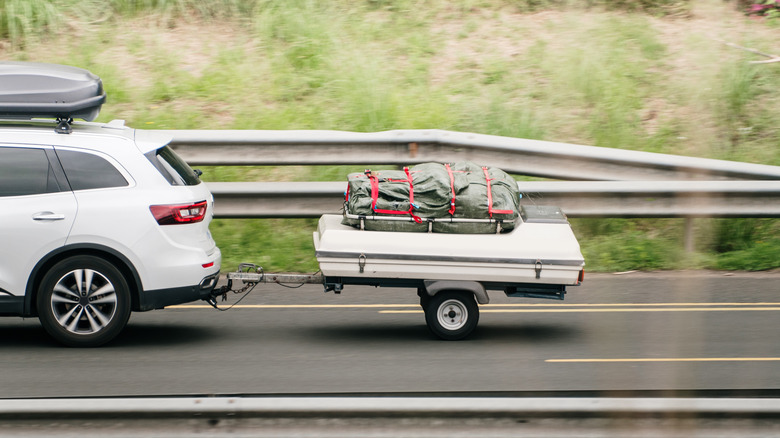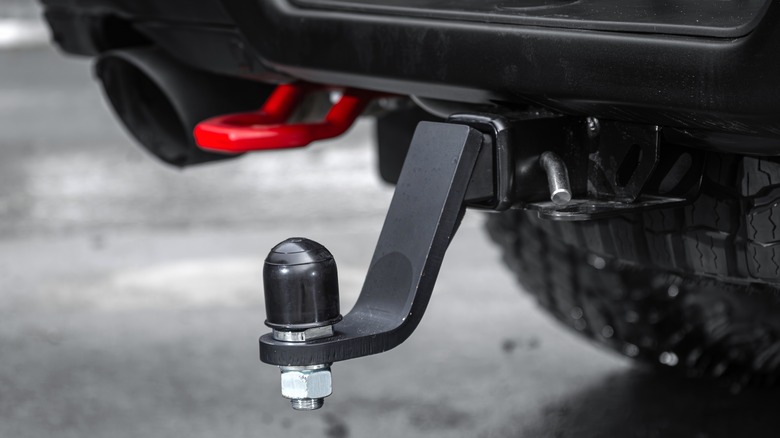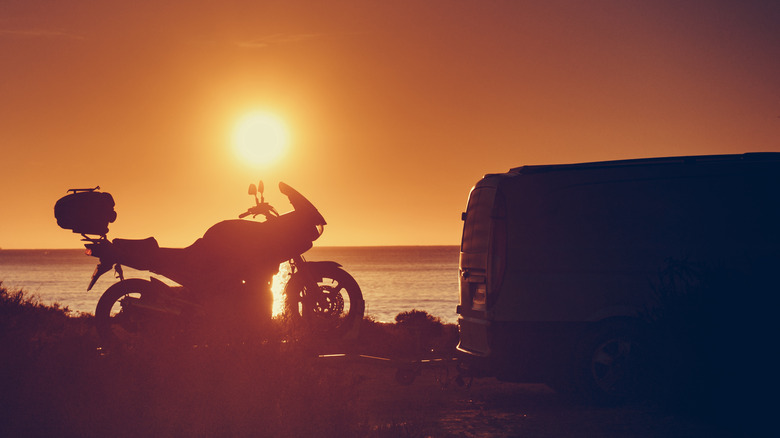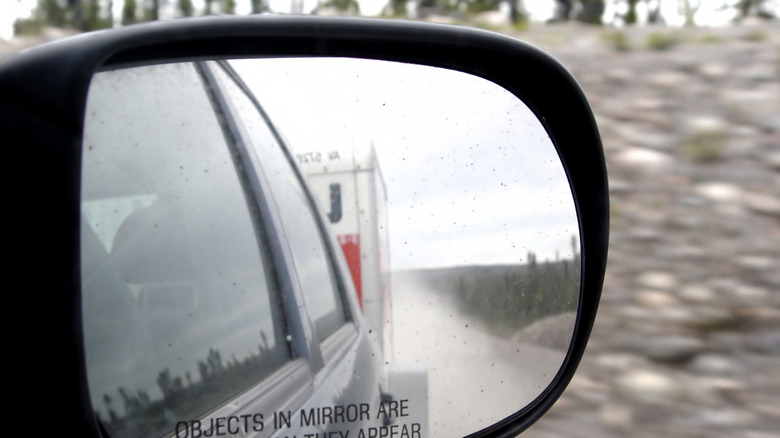Can Motorcycle Campers Be Pulled By A Car? Here's What You Need To Know
We may receive a commission on purchases made from links.
Motorcycle campers or mini trailers have a few advantages over bigger travel trailers. Their smaller size makes them more accessible and economical to store, and you don't need to rent parking space or build a separate garage in your home to house a small trailer. Next, maintaining a motorcycle trailer is easier and cheaper. If you've ever had a big camper van in your fleet, you'll know that keeping it in tip-top shape all year round is challenging and quite expensive.
In addition, motorcycle campers don't have the typical amenities and comfort features of large trailers, but this also means they are small and light enough to be towed by nearly any vehicle, whether it has two or four wheels. Since most small trailers will tip the scales at 200 to 300 lbs. unladen, they could be towed by motorcycles, cars, SUVs, or pickup trucks. However, there are a few things to remember before you get cracking.
Tongue level and tongue weight
When towing a motorcycle camper with a car, the primary consideration should be the hitch and tongue level. Most compact cars or midsized sedans don't have factory-installed hitches, so you must outfit the vehicle with a Class I or II hitch. A Class I hitch has an average tongue weight of 200 pounds and is suitable for pulling up to 2,000 lbs. of load. It's ideal for small compact cars, midsize sedans, and small crossovers.
Meanwhile, a Class II hitch is for larger sedans, minivans, and midsize crossovers. Class II hitches could pull up to 3,500 pounds and handle a tongue weight of 300 lbs. A Class II hitch is a bit overkill for hauling a motorcycle camper with a car, but what's more important is the tongue level. Since cars, trucks, or SUVs are higher off the ground than motorcycles, you'll need an adjustable trailer hitch or compatible ball mounts to lower the height of the ball and keep it level with the trailer coupling. Moreover, you might need to install extensions for the safety chains to complete the setup.
The tongue weight, or the force the trailer exerts on the tow ball, is as significant as the tongue level. Despite towing a small motorcycle camper, the rules for pulling heavier or larger trailers still apply. The tongue weight should be no less than 10% or greater than 15% of the gross trailer weight (GTW). Anything less or above will affect your car or truck's stability while towing.
Check the lights and tires
Before hitting the road, it's also essential to consider the trailer lights (if applicable) and the tire pressure. Since motorcycle campers will have light sockets compatible with motorcycles, you'll need to make a few modifications to make it work with your car's brake lights, like installing new wiring and sockets. For this, you'll need to ensure that you have the proper trailer wiring harness with male and female pins that match the wiring that connects the tail and brake lights on your camper.
In addition, checking the tire pressure of the motorcycle camper before setting off is an important detail to consider. If the tires are old and worn, now would be a good time to replace them for safety. Motorcycle campers have smaller-diameter rims and tires than an average trailer, so maintaining proper air pressure is vital to handling, stability, and safety while towing.
Establishing rearward visibility
Motorcycle campers are for two-wheeled motorcycles, trikes (three-wheel motorcycles), or even quad bikes. But as mentioned earlier, their small size and weight make them ideal for being pulled behind four-wheel vehicles. However, visibility is the primary issue when pulling a small trailer behind a car or truck. It's hard to see a smaller trailer behind the car, which is not an issue if you pull a larger camper. Compounding the problem is your choice of vehicle, as trucks or SUVs would make it harder to see what the trailer is doing behind.
The solution is to install a tow mirror or mirror extenders into each side mirror to get a better view. Better yet, you can install a backup camera to keep an eye on the trailer while driving. However, you'll need to hook the camera to a different power source (like the rear taillights or driving lights) to view the rear in real-time.



